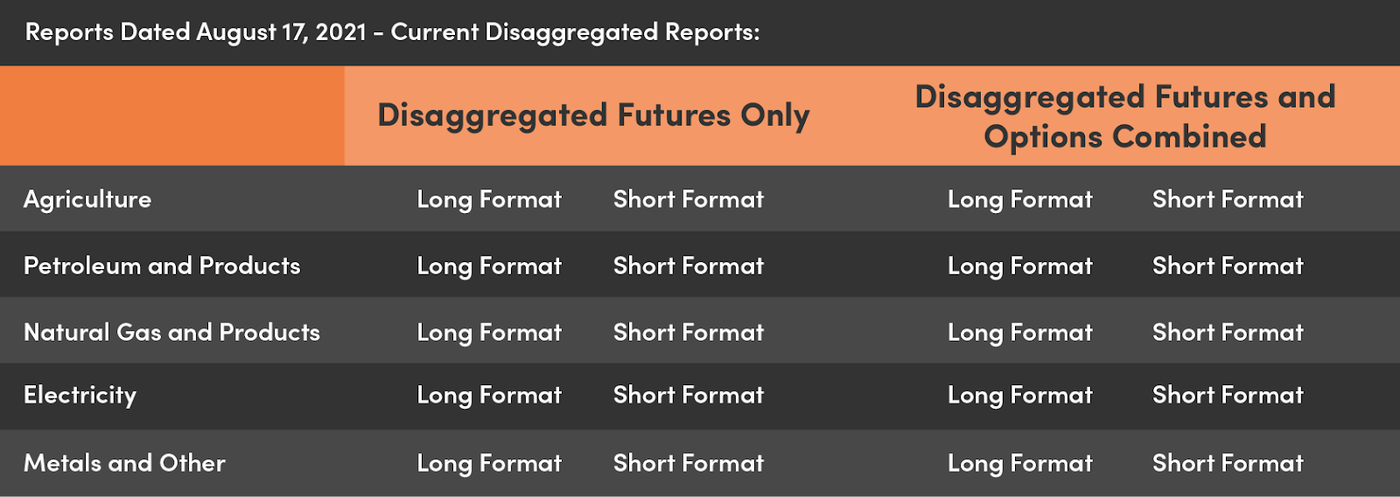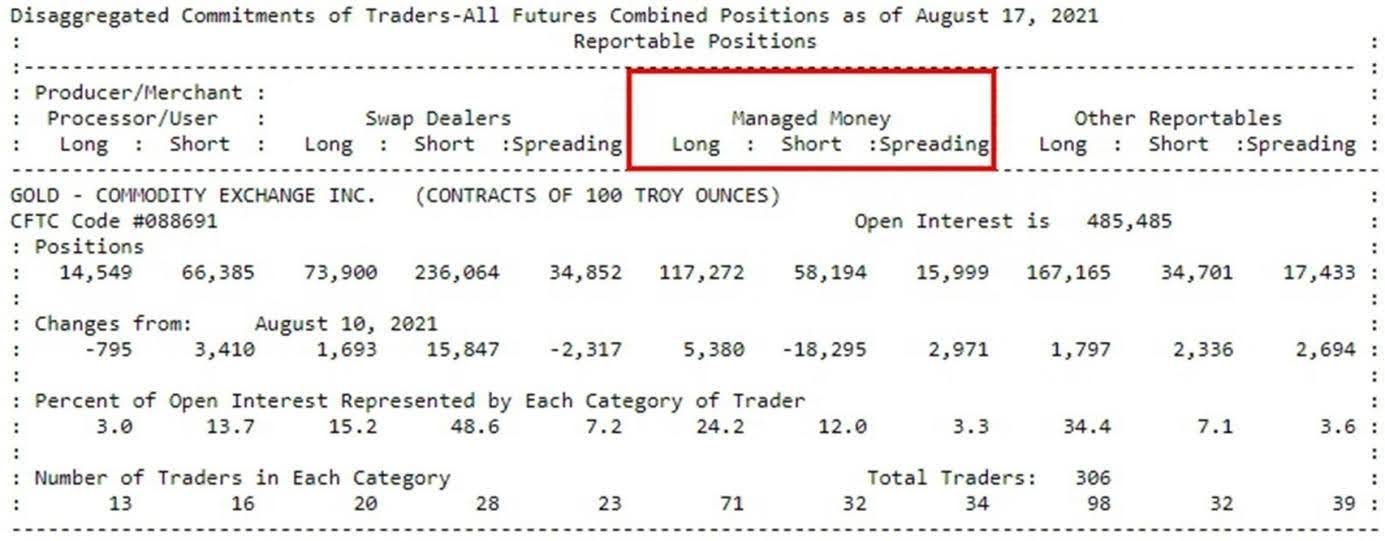An introduction to the CFTC Position Report: What you should know about the report and how it can enable making more informed trading decisions
What is a CFTC position report?
The Commodity Futures Trading Commission (CFTC) serves as the regulatory authority overseeing futures trading within the United States. This regulatory body routinely publishes position data every Friday at 15:30 Eastern Standard Time (EST). The report primarily assesses the distribution of traders' positions at the close of each week on Tuesdays, utilizing data sourced from futures or options exchanges located in Chicago, New York, Kansas City, and Minneapolis.
The CFTC mandates that clearing members and futures brokers engaged in futures exchanges submit daily position reports to the Commission. The primary objective of disseminating these position reports is to enhance the transparency of the futures market and mitigate the impact of excessive positions on market order.
The comprehensive CFTC position report encompasses the positions of both futures and options, encompassing various categories such as foreign exchange, stock index futures, and treasury bonds. Additionally, it encompasses positions in commodity futures and options, spanning diverse sectors such as agriculture, petroleum and its derivatives, natural gas, electricity, and metals. This exhaustive reporting mechanism aims to provide a holistic view of market dynamics and ensure the integrity of the futures trading environment.
Types of CFTC position reports
There are two types of COT (Commitments of Traders) reports
- Futures only: futures position report
- Futures-and-options combined: combined position report for futures and options
Due to its large trading volume, traders generally look more into the "Futures only" position data. "Futures only" can avoid the interference of option positions in tracking the main fund movement more accurately.
There are two types of CFTC reports: long format and short format. The differences between long and short reports are as follows: The long report shows non-reportable positions, usually positions held by small traders or small institutions. As the positions are not significant, they are not required to be reported to the CFTC under the CFTC’s regulations, but the CFTC discloses this information to the market in the long report.
On the other hand, the CFTC does not disclose the number of non-reportable positions in short reports, and traders usually focus on the "short reports" position data.
Impact of the CFTC position report
The CFTC report is one of the key reports for global investors, as it reflects the flow of funds in the market. Based on the weekly position report data released by the CFTC, investors can use position volume, increasing or decreasing position changes, changes in the proportion of various positions, and changes in the number of traders in the report as an essential basis for making informed investment decisions.
Analyzing CFTC position report data
In the CFTC position report, we can observe the current level of market activity from total position (total contract volume of open positions) data, which is the sum of the values of all categories of long, short, and arbitrage positions. These data indicate the level of market investor participation. The higher the data value, the higher the number of investors and investment volume in the market, from which we can determine whether the corresponding asset's long-term trend is bullish.
The most critical significance of tracking the CFTC report is understanding the capital flow of large institutional investors, and the position data of managed money in the CFTC report is the most important reference for investors because institutional investors are market trend makers and have professional research teams. They will therefore enter the market early in the trend, be more aware of risks than other investors, and practice risk control management in advance. Thus, tracking the change of this kind of position data can help investors identify market movement.
Investors are concerned about whether various positions are net long/short, which reflects the changes in the market's current long/short trend. For example, if the latest net long value is more than the previous value, the market is currently going long for that product; on the other hand, if the latest net short value is more than the previous value, it means the market is currently going short for that product. The change in the net position of various accounts therefore reflects the "long-short trend." The long-short change in the net position is an important message to determine the change in market movement.








